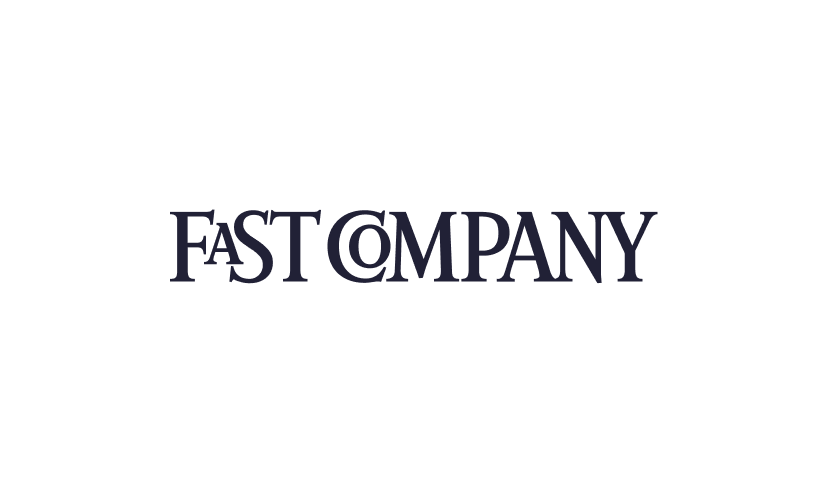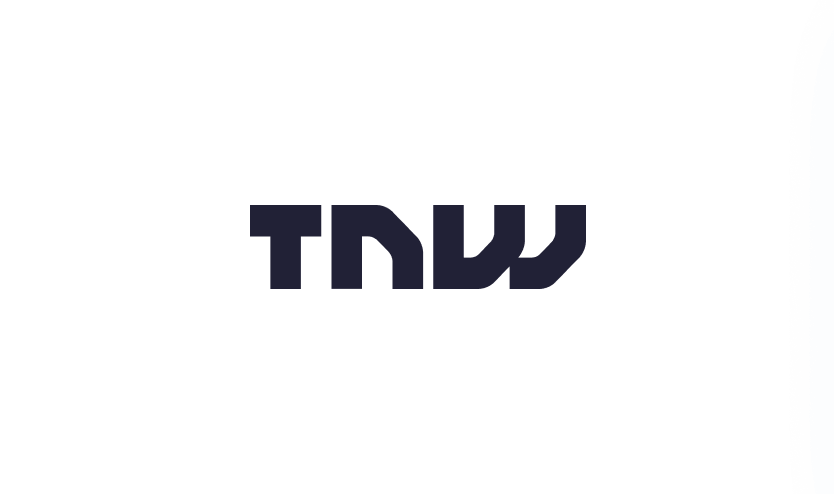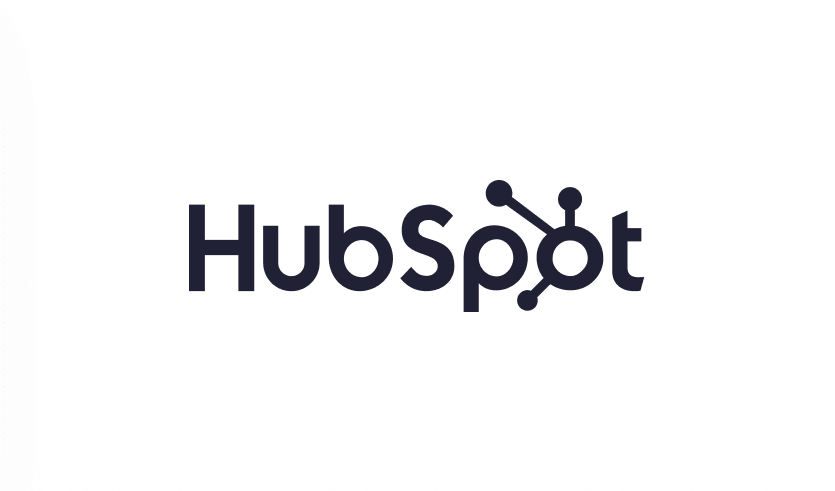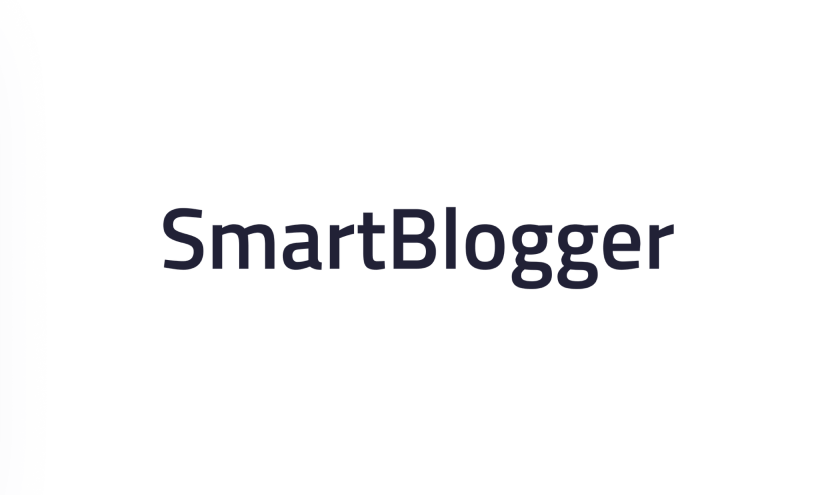Ecommerce Email Templates: The Complete Guide to High-Converting Campaign Design
Ecommerce email templates are pre-designed email layouts optimized for online stores to promote products, recover abandoned carts, welcome new customers, and drive sales. While basic templates can save time, the difference between mediocre and exceptional ecommerce email performance often comes down to strategic template selection backed by competitive intelligence and proven conversion principles.
In this comprehensive guide, we'll explore everything you need to know about ecommerce email templates—from essential template types to advanced optimization strategies used by top-performing brands generating millions in email revenue.
Why Ecommerce Email Templates Matter
Email marketing delivers an average ROI of $36 for every $1 spent, making it the highest-performing marketing channel for ecommerce businesses. However, creating emails from scratch for every campaign is time-consuming and unsustainable for busy ecommerce teams.
Strategic Template Advantages:
Speed to Market: Launch campaigns in hours instead of days
Design Consistency: Maintain brand standards across all communications
Mobile Optimization: Pre-built responsive designs ensure proper display
Conversion Optimization: Leverage proven layouts and CTA placements
Team Efficiency: Enable non-designers to create professional emails
Industry experts like Chase Dimond, who has managed over $200M in ecommerce email campaigns, emphasize that successful email marketing requires both efficient execution and strategic optimization—exactly what well-designed templates enable when combined with competitive intelligence.
Essential Ecommerce Email Template Types
1. Welcome Email Templates
Welcome emails set the tone for your customer relationship and achieve 4x higher open rates than standard promotional emails. A strategic welcome template should:
Key Elements:
Warm, brand-aligned greeting that reflects your voice
Clear value proposition explaining what subscribers will receive
Incentive for first purchase (10-20% discount typically performs well)
High-quality product imagery showcasing bestsellers
Social proof elements (customer count, reviews, press mentions)
Clear next-step CTA driving to product categories or featured collections
Strategic Considerations: Welcome emails should feel personal without being generic. Study how top brands in your vertical approach welcomes using platforms like Inboox.ai, which provides AI-powered analysis of what makes welcome templates effective across 10,000+ ecommerce brands.
2. Abandoned Cart Email Templates
Cart abandonment emails are among the highest-performing ecommerce templates, recovering 10-30% of abandoned carts when executed strategically.
Essential Template Elements:
Attention-grabbing subject line creating urgency or curiosity
Clear cart summary with product images and pricing
Single, prominent CTA to complete purchase
Trust signals (secure checkout, return policy, customer service)
Optional: time-limited incentive (10% off if you complete within 24 hours)
Alternative product recommendations for cart optimization
Performance Tip: Don't send a single abandonment email—create a 3-email sequence with escalating urgency and increasing incentives. The first email should be a gentle reminder (1-4 hours), the second adds social proof (24 hours), and the third includes a time-limited discount (48-72 hours).
3. Product Promotion Email Templates
Product promotion templates drive immediate revenue by showcasing specific products or collections to your email list.
High-Converting Template Structure:
Benefit-focused headline (not just product name)
Large hero image showing product in use or context
3-5 bullet points highlighting key benefits
Customer reviews or ratings for social proof
Clear pricing with any promotional discount highlighted
Multiple CTA opportunities without overwhelming
Urgency element (limited stock, time-limited offer)
4. Post-Purchase Email Templates
Post-purchase emails drive repeat purchases, increase customer lifetime value, and reduce support inquiries when executed strategically.
Template Sequence:
Order Confirmation: Immediate reassurance with order details and next steps
Shipping Notification: Tracking information with delivery expectations
Delivery Confirmation: Encourage product usage and collect feedback
Review Request: 7-14 days post-delivery asking for product review
Replenishment/Upsell: 30-60 days suggesting complementary products
5. Win-Back Email Templates
Re-engagement templates target inactive subscribers, recovering 5-15% of lapsed customers with strategic messaging.
Effective Win-Back Elements:
Personalized "We miss you" messaging
Exclusive comeback offer (typically 15-25% discount)
Product recommendations based on past purchases
Preference center option (let them choose email frequency)
Clear unsubscribe option (maintain list health)
6. Seasonal Campaign Templates
Holiday and seasonal templates capitalize on peak buying periods, requiring specialized designs for occasions like Black Friday, Christmas, Valentine's Day, and Back-to-School.
Seasonal Template Requirements:
Event-specific design elements and imagery
Clear promotion messaging with specific dates
Strong urgency and scarcity elements
Gift guide organization for holiday periods
Mobile-optimized for on-the-go shopping
Advanced Template Optimization Strategies
Strategic Template Selection Based on Competitive Intelligence
The most successful ecommerce brands don't just use generic templates—they study what top performers in their vertical are doing and adapt proven patterns to their own brand.
Inboox.ai provides access to over 1,000,000 emails from 10,000+ ecommerce brands, with AI-powered insights explaining what makes specific templates effective. Rather than guessing which design elements will perform, you can see proven patterns across hundreds of successful campaigns in your industry.
Mobile-First Template Design
With 60%+ of emails opened on mobile devices, mobile optimization isn't optional:
Mobile Optimization Checklist:
Single-column layout for easy vertical scrolling
Minimum 14px font size for readability
Touch-friendly buttons (44x44px minimum)
Compressed images that load quickly
Clear hierarchy with proper spacing
Streamlined content focused on primary CTA
Personalization Beyond First Names
Advanced ecommerce templates leverage dynamic content for true personalization:
Dynamic Content Opportunities:
Product recommendations based on browsing history
Location-specific inventory or shipping information
Past purchase-based content blocks
Engagement level-triggered messaging variations
Price drop alerts for viewed products
A/B Testing Framework for Templates
Systematic template testing drives continuous performance improvements:
High-Impact Test Variables:
Subject line approaches (urgency vs. curiosity vs. benefit-focused)
Hero image treatments (lifestyle vs. product-only vs. illustration)
CTA button copy and color
Layout variations (single vs. multi-column, text-heavy vs. visual)
Promotional messaging (percentage off vs. dollar amount vs. free shipping)
Template Design Best Practices
Visual Hierarchy and Attention Flow
Strategic template design guides readers toward conversion actions:
Effective Hierarchy Principles:
Large, attention-grabbing headline above the fold
Hero image that supports the message
Primary CTA prominently placed and repeated
Supporting content that builds case for action
Secondary elements (social proof, policies) positioned appropriately
Color Psychology in Ecommerce Templates
Colors influence emotions and drive actions—strategic use enhances template performance:
Red/Orange: Creates urgency, ideal for clearance and flash sales
Blue: Builds trust, effective for welcome and post-purchase emails
Green: Signals savings or environmental benefits
Black/Gold: Conveys luxury for premium products
Bright Colors: Drive attention to CTAs and key elements
Typography That Converts
Font choices impact readability and brand perception:
Typography Guidelines:
Maximum 2-3 font families per template
Sans-serif fonts for body copy (Arial, Helvetica, Open Sans)
Readable line length (50-75 characters optimal)
Adequate line spacing (1.5x minimum)
Strategic use of bold and sizing for hierarchy
Learning from Top-Performing Brands
The most successful ecommerce email marketers study what's working across their industry before creating their own templates. Rather than starting from scratch, they identify proven patterns and adapt them to their brand.
Strategic Research Process:
Identify Aspirational Brands: Select 5-10 successful brands in your vertical
Analyze Their Templates: Study design patterns, messaging strategies, and journey flows
Extract Principles: Identify what makes their templates effective (not just aesthetic)
Adapt to Your Brand: Apply proven principles with your unique brand voice and visuals
Platforms like Inboox.ai make this research process systematic, providing AI-powered analysis that explains why specific template designs drive results. With 30+ strategic filters, you can find precisely targeted examples matching your campaign goals, audience, and promotional strategy.
Industry Expert Insights
Top email marketers understand that templates should accelerate execution while maintaining strategic quality. As Chase Dimond on LinkedIn frequently discusses, the most successful ecommerce email programs balance efficiency (templates enable) with strategic optimization (competitive intelligence informs).
Chase Dimond on Twitter regularly shares tactical insights on template optimization and competitive intelligence—exactly the workflow that modern email marketing platforms are designed to support.
Template Implementation Strategy
Building Your Template Library
Successful ecommerce teams maintain organized template libraries covering all essential campaign types:
Core Template Collection:
3-5 welcome email variations
3-email abandoned cart sequence
5-10 product promotion layouts
4-5 post-purchase sequence emails
2-3 win-back templates
10+ seasonal campaign templates
Template Customization Workflow
Even the best templates require strategic customization:
Customization Checklist:
Replace placeholder images with high-quality product photography
Adapt copy to match your specific brand voice
Update colors to match brand guidelines
Customize CTAs for specific campaign goals
Add relevant social proof and trust signals
Ensure mobile optimization for your content
Test across email clients and devices
Version Control and Template Management
Maintain template quality through systematic management:
Best Practices:
Document template performance metrics
Version control for A/B testing variations
Archive underperforming templates
Regular audits to ensure brand consistency
Team training on proper template usage
Advanced Template Strategies
Dynamic Content and Conditional Logic
Sophisticated ecommerce templates use conditional logic for advanced personalization:
Dynamic Template Elements:
Gender-specific product recommendations
Geographic location-based shipping information
Weather-triggered product suggestions
Abandoned cart items with real-time inventory status
Past purchase category-based content blocks
Interactive Email Elements
Advanced templates leverage interactivity for higher engagement:
Interactive Features:
Image carousels showcasing multiple products
Countdown timers for limited-time offers
Accordion menus for compact product information
Add-to-cart functionality within email
Live inventory updates
Multi-Email Journey Templates
Strategic template sequences perform better than standalone emails:
Journey Template Examples:
7-day welcome series introducing brand and products
3-email cart abandonment sequence with escalating urgency
5-email post-purchase nurture driving repeat purchase
4-email product launch building anticipation and driving sales
Measuring Template Performance
Key Metrics for Template Optimization
Track these metrics to identify high-performing templates:
Essential Template Metrics:
Open rate (subject line and preview text effectiveness)
Click-through rate (template design and CTA effectiveness)
Conversion rate (overall template performance)
Revenue per email (ultimate success metric)
Unsubscribe rate (content relevance indicator)
Continuous Improvement Process
Systematic optimization drives long-term template performance:
Optimization Workflow:
Establish baseline metrics for each template type
Implement A/B tests on high-impact variables
Analyze results and identify winning variations
Update template library with proven improvements
Document learnings for future campaigns
Conclusion: Building Your Ecommerce Email Template Strategy
Exceptional ecommerce email templates combine efficient execution with strategic optimization. The most successful ecommerce brands don't just use generic templates—they study what's working across their industry, identify proven patterns, and adapt them with their unique brand voice.
For ongoing insights on ecommerce email strategy and template optimization, subscribe to Chase Dimond's newsletter. You'll get weekly strategic guidance backed by insights from managing $200M+ in email campaigns, including template strategies that drive measurable results.
The combination of efficient templates and strategic competitive intelligence creates sustainable email marketing success—templates provide the execution speed while platforms like Inboox.ai provide the strategic insights that inform template selection and optimization.
Start building your high-converting template library today, backed by proven patterns from the most successful ecommerce brands in your industry.























